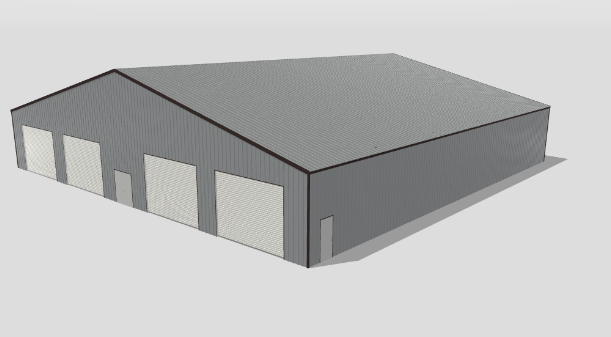Maximizing Efficiency and Savings: The Advantages of Prefabricated Warehouses
As businesses grow and the demand for cost-effective, yet durable storage solutions rises, the prefabricated warehouse industry is experiencing a significant surge. Prefabricated or prefab warehouses offer a practical and efficient alternative to traditional construction, providing a myriad of benefits that traditional buildings cannot match. In this article, we will explore what makes prefabricated warehouse building a smart choice for businesses looking for expansion or new storage solutions.
Understanding the Prefabricated Warehouse Concept
Prefabrication is the process of assembling building components in a factory or other manufacturing site, and transporting complete assemblies or sub-assemblies to the construction location. The term prefab warehouses refers to warehouses constructed using this method. The construction industry has seen a shift towards prefabricated structures due to their cost-effectiveness and reduced build times.
Key benefits of opting for a prefabricated warehouse building include:
- Reduced construction time
- Cost savings on labor and materials
- High level of quality control
- Less waste and environmental impact
- Flexibility in design choices
Cost-Effectiveness of Prefab Warehouses
When it comes to building a warehouse, the bottom line is critical. Prefabricated warehouse buildings save money not only on the initial construction costs but also in the long run. Due to the precision of factory-made parts, there is less waste during construction. Moreover, the efficiency of this process reduces labor costs significantly. Prefab steel warehouses also tend to have lower maintenance costs over their lifetime when compared to traditional structures.
Time-Saving Construction
Time is of the essence in the business world, and the faster a warehouse can be erected, the quicker it can be put to use. Prefab warehouses can be designed, constructed, and assembled in a fraction of the time it takes to build a traditional warehouse. This is partly because weather delays are less of a factor, as the majority of construction happens indoors. Additionally, the simultaneous progress of site work and building manufacturing can further streamline the timeline.
Quality and Durability
Quality control is far easier to manage in a factory setting than in a construction site. Components for prefabricated warehouse building are produced in controlled environments, ensuring uniformity and adherence to building codes. Steel, known for its strength and durability, is often the material of choice for prefab warehouses, providing resistance to weather, fire, and pests. This results in a long-lasting structure that offers better protection for stored goods.

Sustainability and Eco-Friendliness
Sustainability is a growing concern in all industries, including construction. Prefabricated warehouses are at the forefront of eco-friendly building practices. The precision of prefabrication leads to less material waste. Moreover, steel is a recyclable material, and many prefab structures are designed to be energy-efficient. This consideration not


